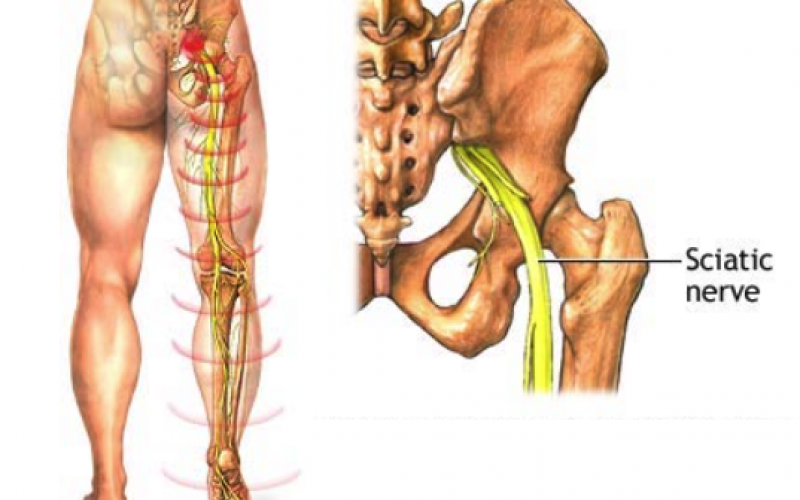There is good news, most 80 – 90% of people fully recover from sciatica without surgery. In most cases, the nerve is not permanently damaged, and individuals improve in the 3 -12-week time frame. Treatment can reduce recovery time and self-help at home can prevent reoccurrence.
Following on from the last post on; Understanding Sciatica, this post looks at recovery and treatment
Typical sciatica treatments include:
- Medical treatments. Anti-inflammatory medicines such as non-steroidal anti-inflammatory medicines (NSAIDs) to relieve inflammation.Remember the chemical ‘soup’ mentioned last time, a course of anti-inflammatory medication can be a great help in managing the symptoms.
- Manual therapy; Osteopathy or Physiotherapy can be very effective, reduce the recovery time and helps to prevent further episodes of sciatica.
- Epidural injections. Steroids delivered to the inflamed sciatic nerve roots have strong anti-inflammatory effect and may be suggested in severe cases before a rehabilitation programme commences
- Surgery may be required if the sciatic nerve pain is severe and has not been relieved with appropriate manual or medical treatments.
How is Sciatica treated by osteopaths?
Unless the nerve irritation is the result of stenosis (see the previous post), osteopathic treatment is usually effective and beneficial. Each injury is unique so that osteopathic treatment will vary from person to person. However, the most common type of sciatica responds well to osteopathic treatment, which consists of relieving pressure and inflammation.
Standard sciatica treatment includes:
- Gentle decompressive spinal mobilisation
- The release of muscle spasm.
- Stretching and relaxing the muscles
- Gently articulating the affected joints, to gain more movement
- Rehabilitation exercises.
Rehabilitation exercises
Therapeutic exercises which incorporate strengthening, flexibility and stretching are a central component of almost any sciatica treatment plan.
Self-help
Studies show when patients engage in a regular program of gentle strengthening and stretching exercises, they can speed up their recovery from sciatica pain and are less likely to have future episodes of sciatica.
Strengthening exercises
Many exercises can help, so ideally work with your practitioner to find ones that you can adhere too, little and often is better than once a week. To be effective exercises programmes should be designed to focus on the whole torso; keeping it in alignment and facilitating movements that bend twist and extend or twist the spine with less chance of injury. Working on complete abdominal strength and flexibility, glutei (buttock) and hip muscles balance and not just the back is usually helpful
Stretching exercises
Stretching is often part of a self-help home programme to alleviate sciatic pain. The primary focus is usually on the hamstring and buttock muscles, which can cause pain when they are tight and inflexible.
As mentioned in part 1, Sciatica is not a medical emergency. However, if you experience difficulty with bowel or bladder function, decreased sensation around the genitals, or progressive leg weakness, this may be the sign of cauda equina syndrome, a medical emergency. If you have these symptoms, contact your doctor or go to A&E immediately.
Please note: This is for guidance only, it should not be considered a substitute for medical advice, diagnosis or treatment given in person by an appropriately trained health professional.







